CALSTART Volvo LIGHTS: Zero-Emission Goods Movement
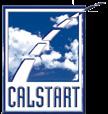
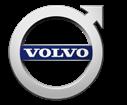
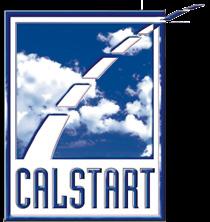
Volvo LIGHTS was a collaboration among 15 organizations to demonstrate zero-emission (ZE) technologies, including forklifts, yard tractors, Class 7 trucks, and Class 8 tractors. Solar panels, workplace chargers, and energy storage systems were also installed to provide ZE electricity. The California Air Resources Board, South Coast Air Quality Management District, and Volvo Group provided $91.2 million to complete this project. CALSTART assisted with the deployment of equipment as well as data collection and analysis.
Project Goal
Maintaining efficiency in freight facilities while reducing emissions and operating costs was the primary objective of the Volvo LIGHTS project. Two freight facilities, Dependable Highway Express (DHE) and NFI Industries (NFI), evaluated the performance of several ZE technologies deployed for this project during March 2019 to June 2022. Additionally, the first U.S. full-service heavy-duty (HD) ZE truck maintenance facility, built and operated by TEC Equipment (TEC), provided key insights for this project.
Key Takeaways
• Off-road ZE forklifts and yard tractors are more energy efficient and cost-effective than conventional propane and diesel vehicles.



• On-road ZE Class 7 trucks and Class 8 tractors are more energy efficient but have less range in certain applications than conventional diesel vehicles. Though high upfront and insurance costs currently prevent HD electric vehicles (EVs) from reaching cost parity with diesel equipment, fleets can gain benefits beyond cost savings by electrifying operations now.
• Fleets should begin planning and coordinating the design and installation of charging infrastructure as soon as possible.
• Taking advantage of incentive funding from programs like the Low Carbon Fuel Standard, the Hybrid and Zero-Emission Truck and Bus Voucher Incentive Project (HVIP), and the Clean Off-Road Equipment Voucher Incentive Project (CORE) are key to achieving lower total cost of ownership for EVs.
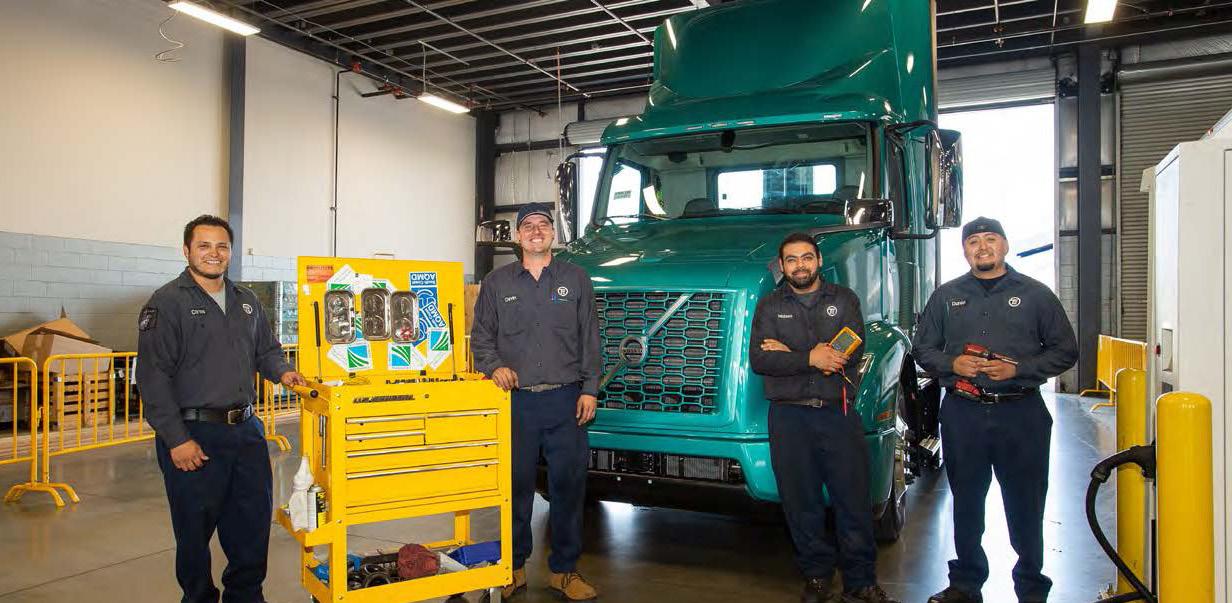


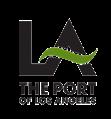

Recommendations
• Clear communication and expectations between all stakeholders, including fleets, project managers, utilities, and subcontractors, is essential when coordinating infrastructure installation.

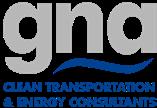

• Careful selection of the charging speed and the location of charging equipment, along with strategic charging practices like opportunity charging and staggered charging, can reduce operating costs and demand charges.
• Careful consideration and modification of vehicle operations given the impacts from certain vehicle specifications (e.g., load capacity, battery capacity, braking modes) allow EVs to effectively complete their duty cycle.

• Adequate training for HD maintenance staff and close proximity to manufacturer service shops are crucial to successful deployment and lower maintenance costs.

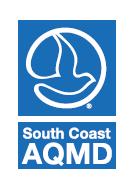
Equipment
A variety of ZE vehicles, clean technologies, and infrastructure were utilized and deployed at the DHE and NFI facilities. The table below lists each equipment’s manufacturer followed by its count.
EQUIPMENT DHE NFI
Forklift Yale (14) Crown (8)
Forklift charger ACT (8) V-Force (8)
Yard tractor Orange EV (2) Kalmar (2)
Yard tractor charger Orange EV (2) Transpower (2)
Class 7 & 8 truck/tractor Volvo VNR (4) Volvo VNR (2)
Class 7 & 8 truck/tractor charger ABB HD (2) ABB HD (2)
Solar Solar Optimum PV Solar (1 system, 864 kW)
Hanwha PV Solar (1 system, 640 kW)
Energy Storage System CPS (1 system, 130 kWh) -




































Workplace charging EvoCharge (2 units, 6 ports) EvoCharge (3)
Annual Emissions Equivalents
1 forklift ~2.8 cars =
Project Results
The table below compares the range limitations and lifetime costs of ZE equipment to baseline equipment demonstrated at the DHE and NFI facilities. Freight facility data and operational and performance data of baseline and ZE vehicles were collected and analyzed by CALSTART to find these results.
1 yard tractor ~6.6 cars =
1 Class 7 truck ~5.2 cars =
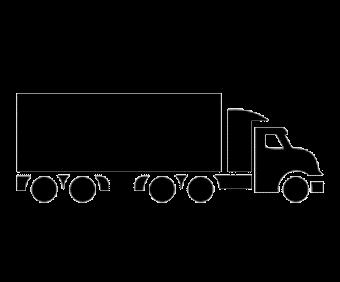





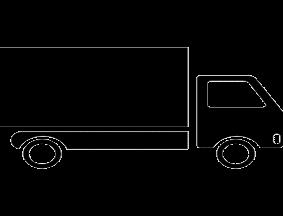










1 Class 8 tractor ~36 cars =
CHEAPER
Forklift = Baseline Yes!
Yard tractor = Baseline Yes!
Class 7 < 100 miles
Class 8 < 150 - 200 miles
Not just yet!
Not just yet!
ZE FORKLIFTS can perform the required duty cycle of propane forklifts and, with regular operating hours, have a lower total cost of ownership than baseline equipment
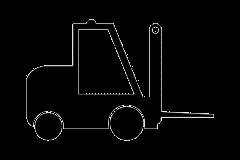
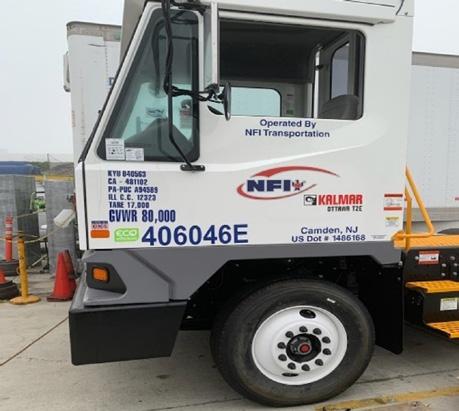
ZE YARD TRACTORS can perform all duty cycle requirements of diesel yard tractors and achieve cost parity with baseline equipment
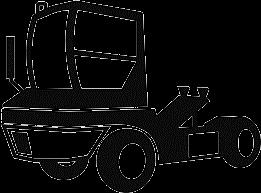
ZE CLASS 7 TRUCKS and ZE CLASS 8 TRACTORS currently do not reach cost parity with diesel equipment due to a combination of high taxes, upfront costs, and insurance costs. Though ZE Class 7-8 vehicles are not yet commercialized, presently, the electrification of these vehicles offers an immense reduction in emissions from major transportation hubs as well as an opportunity for fleets to gain experience integrating ZE technology in their operations.
For more information, please contact: va@calstart.org
